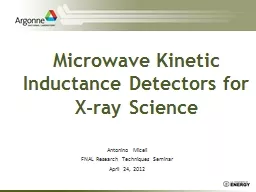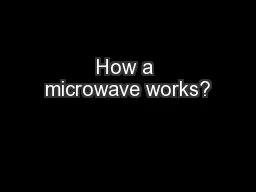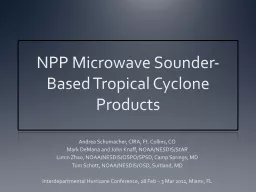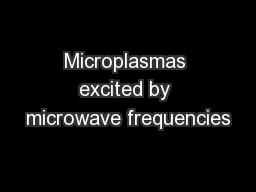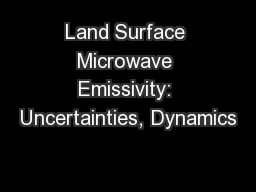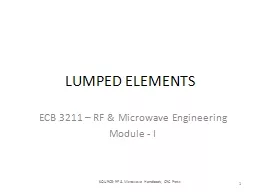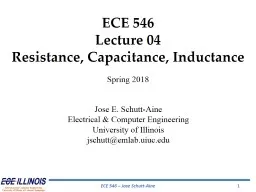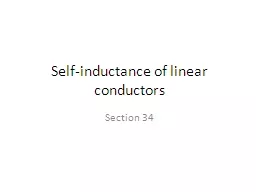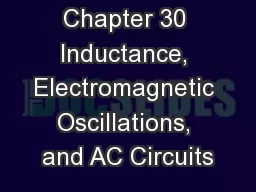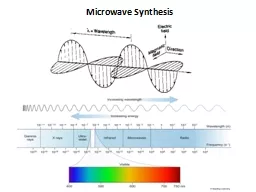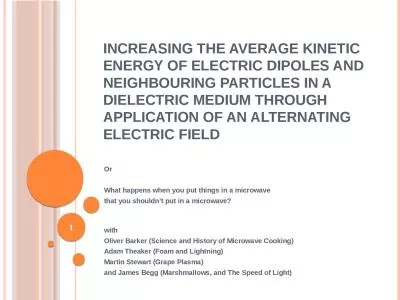PPT-Microwave Kinetic Inductance Detectors for X-ray Science
Author : tatiana-dople | Published Date : 2018-11-26
Antonino Miceli FNAL Research Techniques Seminar April 24 2012 Outline Why Superconducting Detectors Detector Requirements Applications Overview of MKIDs MKID
Presentation Embed Code
Download Presentation
Download Presentation The PPT/PDF document "Microwave Kinetic Inductance Detectors f..." is the property of its rightful owner. Permission is granted to download and print the materials on this website for personal, non-commercial use only, and to display it on your personal computer provided you do not modify the materials and that you retain all copyright notices contained in the materials. By downloading content from our website, you accept the terms of this agreement.
Microwave Kinetic Inductance Detectors for X-ray Science: Transcript
Download Rules Of Document
"Microwave Kinetic Inductance Detectors for X-ray Science"The content belongs to its owner. You may download and print it for personal use, without modification, and keep all copyright notices. By downloading, you agree to these terms.
Related Documents

